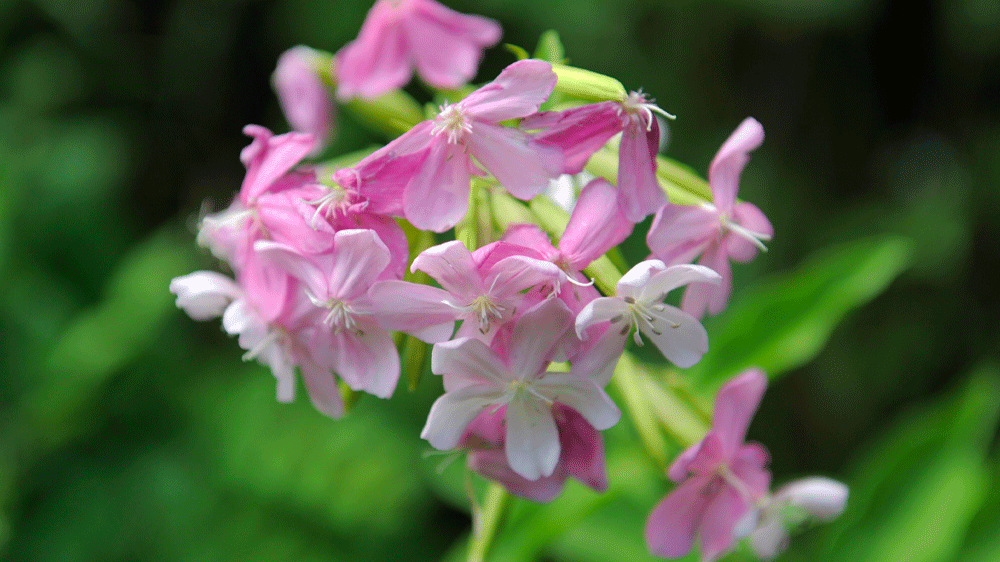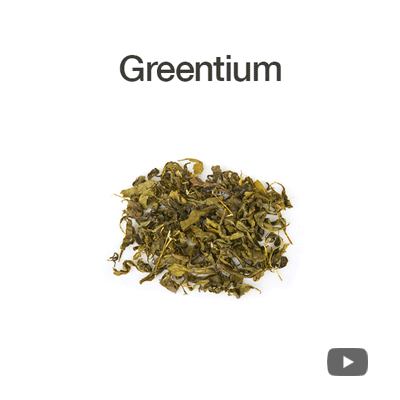Soapwort Root Extract
#soapwort #cleansing #skin soothing

- INCI Name
- Saponaria Officinalis Root Extract
- IECIC Name
- SAPONARIA OFFICINALIS ROOT EXTRACT
- Efficacy
- Cleansing, Soothing, Anti-microbial
- Certification
-

Saponaria officinalis is an herbaceous perennial plant with abundant pink or white flowers. Commonly called soapwort, this plant contains saponins and has historically been used for washing. The Romans cultivated soapwort in gardens and around Roman baths. Extracts of soapwort were used recently during the cleaning of Shroud of Turin. Traditionally, soapwort was used as a laxative and purgative and for skin eruptions. However, the plant can be toxic when used internally and it is no longer used in herbal medicine.
A number of different saponins have been identified from S. officinalis, including saponarioside C, D, F, G, I, K, and L as well as vaccaroside D. Interestingly, saponin-rich fractions displayed inhibitions of Candida albicans germ tube formation, hyphal growth, adherence, and biofilm formation, which proposed anti-microbial activity of soapwort in cosmetics.
- Recommended Product
-
 #3 leaves #anti-microbial #anti-oxidant Natural DO
#3 leaves #anti-microbial #anti-oxidant Natural DOChamaecyparis Obtusa Leaf Extract, Eucalyptus Globulus Leaf Extract, Pinus Densiflora Leaf Extract
-
 #rice #skin hydration #skin firming RiFerm
#rice #skin hydration #skin firming RiFermSaccharomyces/Rice Ferment Filtrate
-
 #4 green fruits #skin exfoliation #skin barrier Greenth
#4 green fruits #skin exfoliation #skin barrier GreenthCarica Papaya (Papaya) Fruit Extract, Pyrus Malus (Apple) Fruit Extract, Prunus Mume Fruit Extract, Vitis Vinifera (Grape) Fruit Extract
-
 #green tea #well-aging #anti-aging Greentium
#green tea #well-aging #anti-aging GreentiumAspergillus/Camellia Sinensis Leaf Ferment Extract
- Product Inquiry







